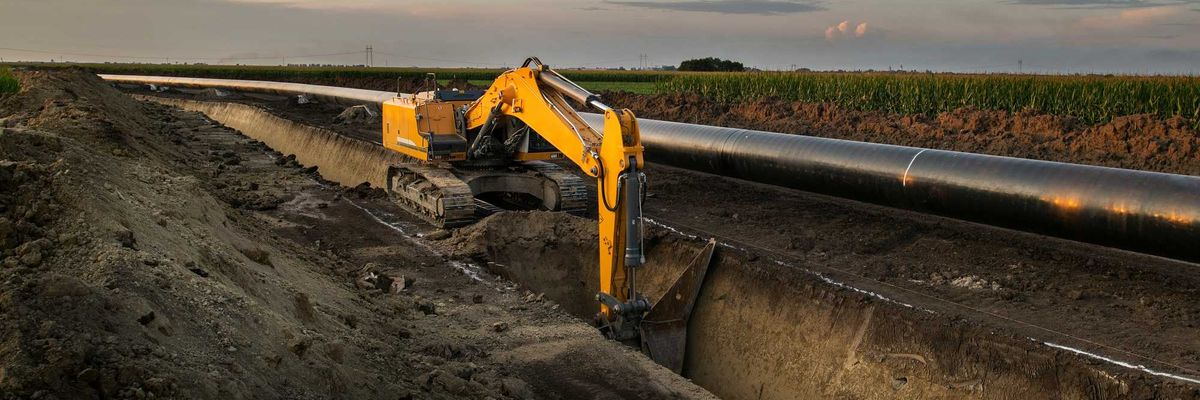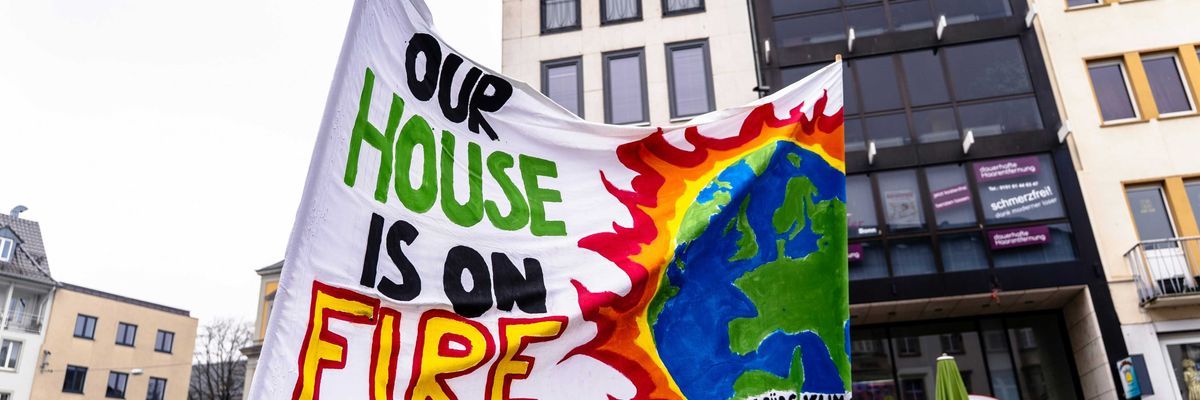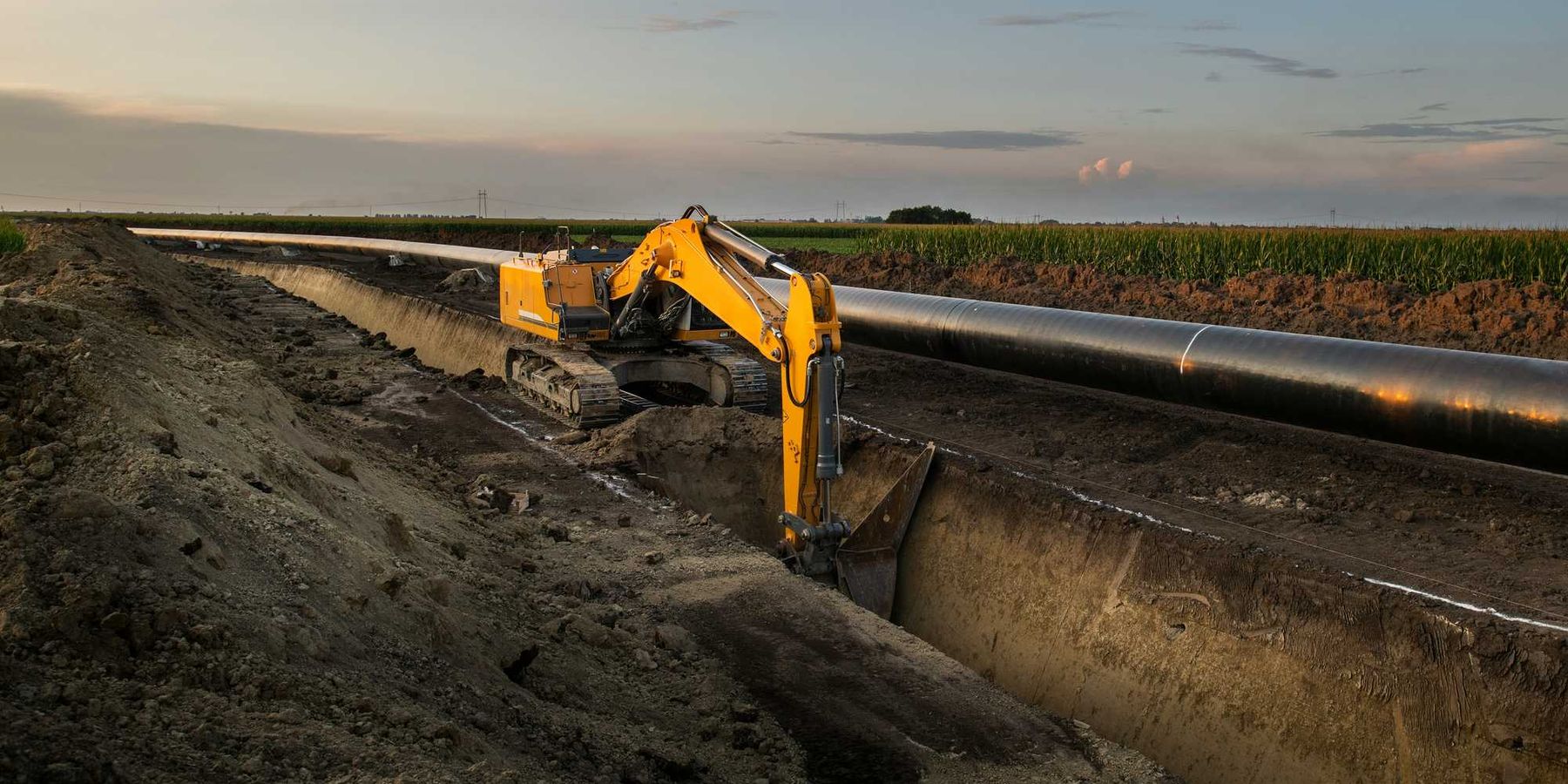global health
The world is drowning in plastic, with 57 million tons of pollution annually
The world generates an astonishing 57 million tons of plastic pollution every year, spreading from the depths of the oceans to inside human bodies, with two-thirds coming from the Global South, according to a recent study.
In short:
- Researchers found that the Global South produces more than two-thirds of the world’s plastic waste, much of it due to lack of infrastructure and government waste management.
- The study received criticism, however, for not examining the toll of plastic production, which generates planet-warming greenhouse gas emissions and other pollutants harmful to human health.
- Microplastics, from improperly discarded waste, are increasingly found in human bodies, with uncertain health consequences.
- Final negotiations on a global plastics treaty are scheduled for November, aiming to address this growing problem.
Key quote:
“They [microplastics] are in the most remote places ... the peaks of Everest, in the Mariana Trench in the ocean, in what we breathe and what we eat and what we drink.”
— Costas Velis, University of Leeds environmental engineering professor
Why this matters:
All eyes are on the global plastics treaty negotiations in November, as world leaders try to rein in this crisis before it spirals further. If they succeed, we could finally see a coordinated effort to curb this plastic tidal wave.
Read more: Scientists say health should be the core of global plastic treaty.
The world may be losing its tiny pollinators
Insects are disappearing globally, and while data is difficult to parse, the loss threatens ecosystems and food production.
In short:
- Insect populations are declining due to climate change, habitat loss, and pesticide use, raising concerns about pollination and food security.
- Despite the alarming trends, data on insect decline is inconsistent, making it hard to gauge the full extent of the problem.
- Volunteer-led initiatives and studies suggest that the issue is serious, with some insect populations down by over 75% in certain regions.
Key quote:
“We could not feed the global human population without pollinators.”
— Dave Goulson, professor of biology at the University of Sussex
Why this matters:
While we might cheer the absence of mosquitoes on a summer night, the bigger picture is alarming. Without these tiny powerhouses, our food systems, natural environments, and even human health could take a serious hit. Read more: Silent Earth: Averting the insect apocalypse.
Spraying salt in clouds to combat climate change comes with global risks
Marine cloud brightening could cool the Earth, but new research warns it might have unintended, global consequences.
In short:
- Marine cloud brightening (MCB) is a proposed method to reflect sunlight and cool the planet, but it’s highly controversial and lacks proper regulation.
- A recent study shows MCB could have severe global impacts, especially if used on a regional scale without careful oversight.
- Experts stress the need for international governance to manage MCB experiments and potential deployments.
Key quote:
“It is extremely important to differentiate between [small-scale field] research...and impact-scale experimentation or activities related to using or marketing climate interventions.”
— Kelly Wanser, senior adviser to the University of Washington MCB program
Why this matters:
Nobody really knows what kind of ripple effects MCB could have on the planet's weather systems. It could lead to unintended consequences, like changes in rainfall patterns or impacts on marine ecosystems that could be just as damaging as the warming we’re trying to prevent.
Read more: Solar geoengineering: Scientists decry a 'foolish' idea
US shifts to support global plastic production cuts
In a significant policy shift, the United States is now backing a global treaty to reduce plastic production, putting it at odds with major plastic producers like Saudi Arabia and China.
In short:
- According to a source close to negotiators, the U.S. will support a global treaty to reduce the production of new plastic, a change from its previous stance.
- This move aligns the U.S. with countries like the EU and Canada, which advocate for caps on plastic production and eliminating harmful chemicals.
- The U.S. will also support creation of a list of harmful chemicals for phaseout.
- The policy shift comes just before crucial treaty negotiations in South Korea and has received mixed reactions from industry and environmental groups.
Key quote:
"This significant change of heart by the U.S. State Department — to support a global target that will reduce plastic production and to identify a list of hazardous chemicals to be eliminated from plastics — is affirmation of hard work by an assemblage of organizations working to ensure the treaty negotiations fully incorporated concerns about the human health effects chemicals in plastics. It was already clear that the current level of plastic production was unsustainable, and that current 'business as usual' projections by industry were going to make things much worse. If the State Department sticks to this commitment, we will all benefit."
— Pete Myers, EHS founder and chief scientist
Why this matters:
By backing the treaty, the U.S. is acknowledging that our addiction to plastics is not just an eyesore but a real threat to our health and the environment.
Read more from EHN about the impacts of plastic on our health:
A plastic recipe for societal suicide
Every stage of plastic production and use is harming human health: Report
A Harris presidency could tackle plastic pollution
A Harris administration could make significant strides against plastic pollution, leveraging her background as California’s attorney general and her support for federal legislation aimed at reducing plastic waste.
In short:
- Kamala Harris has a strong environmental record, including co-sponsoring the Break Free From Plastic Pollution Act of 2020.
- As vice president, she supported initiatives to eliminate single-use plastics from federal operations.
- Harris' potential presidency could continue efforts to address plastic pollution, holding polluters accountable and supporting international treaties.
Key quote:
“Harris is at least competent and a true public servant, and she believes in international diplomacy and tackling global problems. I can’t say the same for Trump.”
— Julie Teel Simmonds, senior attorney, Center for Biological Diversity Action Fund
Why this matters:
With her track record as a tough-on-corporate-crime prosecutor and a staunch environmental advocate, Harris brings the chops needed to tackle the plastics crisis head-on. Read more: Biden administration unveils plan to wean US government off single-use plastics.
Lithium batteries pose environmental threat due to toxic chemicals
New research reveals that PFAS chemicals in lithium ion batteries, essential for clean energy, are significant pollutants, impacting both environment and health.
In short:
- A subclass of PFAS called bis-FASI, used in lithium ion batteries, has been found in the environment near manufacturing plants and in remote areas globally.
- The chemicals are toxic to living organisms, with battery waste in landfills identified as a major pollution source.
- Researchers urge better environmental risk assessments as clean energy infrastructure expands.
Key quote:
“But there’s a bit of tug-of-war between the two, and this study highlights that we have an opportunity now as we scale up this energy infrastructure to do a better job of incorporating environmental risk assessments.”
— Jennifer Guelfo, Texas Tech University researcher.
Why this matters:
These findings highlights how PFAS, used to enhance the performance and lifespan of batteries, are leaching into soil and water systems, posing significant threats to wildlife and human health. As advocates push for stricter regulations and better recycling practices, the quest for safer alternatives continues. Read more: What are PFAS? Everything you need to know about “forever chemicals” and how to avoid them.
Deadly heat wave sweeps across the US, claiming lives
A severe heat wave has caused at least 28 deaths across the United States, with the toll expected to rise as high temperatures persist.
In short:
- The heat wave has primarily impacted California, Oregon, and Arizona, resulting in record-breaking temperatures and multiple fatalities.
- Most victims were elderly and found in their homes; other deaths include a motorcyclist in Death Valley and a baby in Arizona.
- Heat-related deaths are often underreported, as they are frequently attributed to other causes such as heart failure
Key quote:
“The extreme nature of the heat last summer and this summer has meant it’s in the forefront of everyone’s mind, including those in charge of classifying health outcomes and deaths."
— Ashley Ward, director of the Heat Policy Innovation Hub at Duke University
Why this matters:
As the climate crisis intensifies, the frequency and severity of heatwaves are expected to increase, posing a serious threat to public health and the environment. This brutal reminder of our changing climate heightens the pressure for action to mitigate the impacts of global warming. Read more: We are undercounting heat-related deaths in the US.









